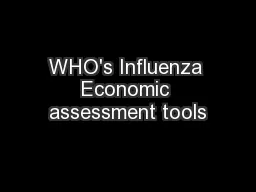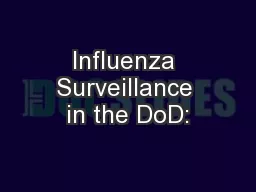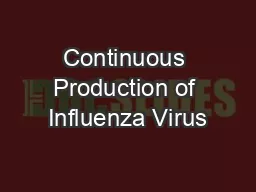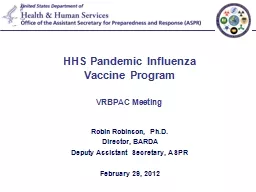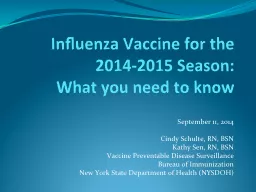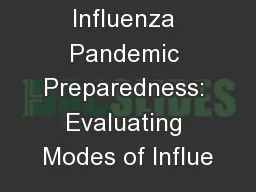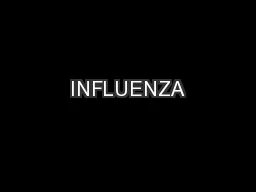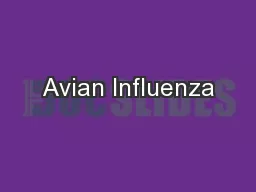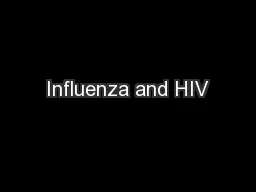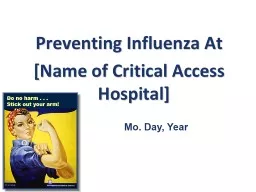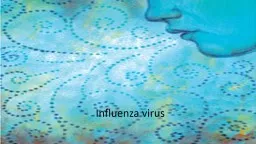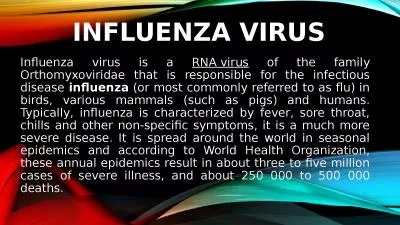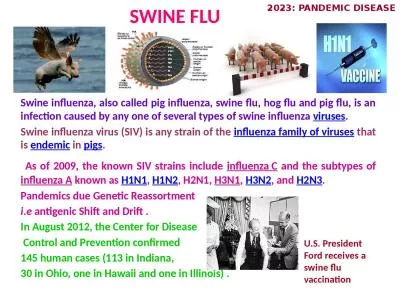PPT-WHO's Influenza Economic assessment tools
Author : olivia-moreira | Published Date : 2017-12-17
On behalf of Philipp Lambach Considerations in decision making and planning processes for influenza vaccine introduction Disease What is influenza burden costing
Presentation Embed Code
Download Presentation
Download Presentation The PPT/PDF document "WHO's Influenza Economic assessment tool..." is the property of its rightful owner. Permission is granted to download and print the materials on this website for personal, non-commercial use only, and to display it on your personal computer provided you do not modify the materials and that you retain all copyright notices contained in the materials. By downloading content from our website, you accept the terms of this agreement.
WHO's Influenza Economic assessment tools: Transcript
Download Rules Of Document
"WHO's Influenza Economic assessment tools"The content belongs to its owner. You may download and print it for personal use, without modification, and keep all copyright notices. By downloading, you agree to these terms.
Related Documents

